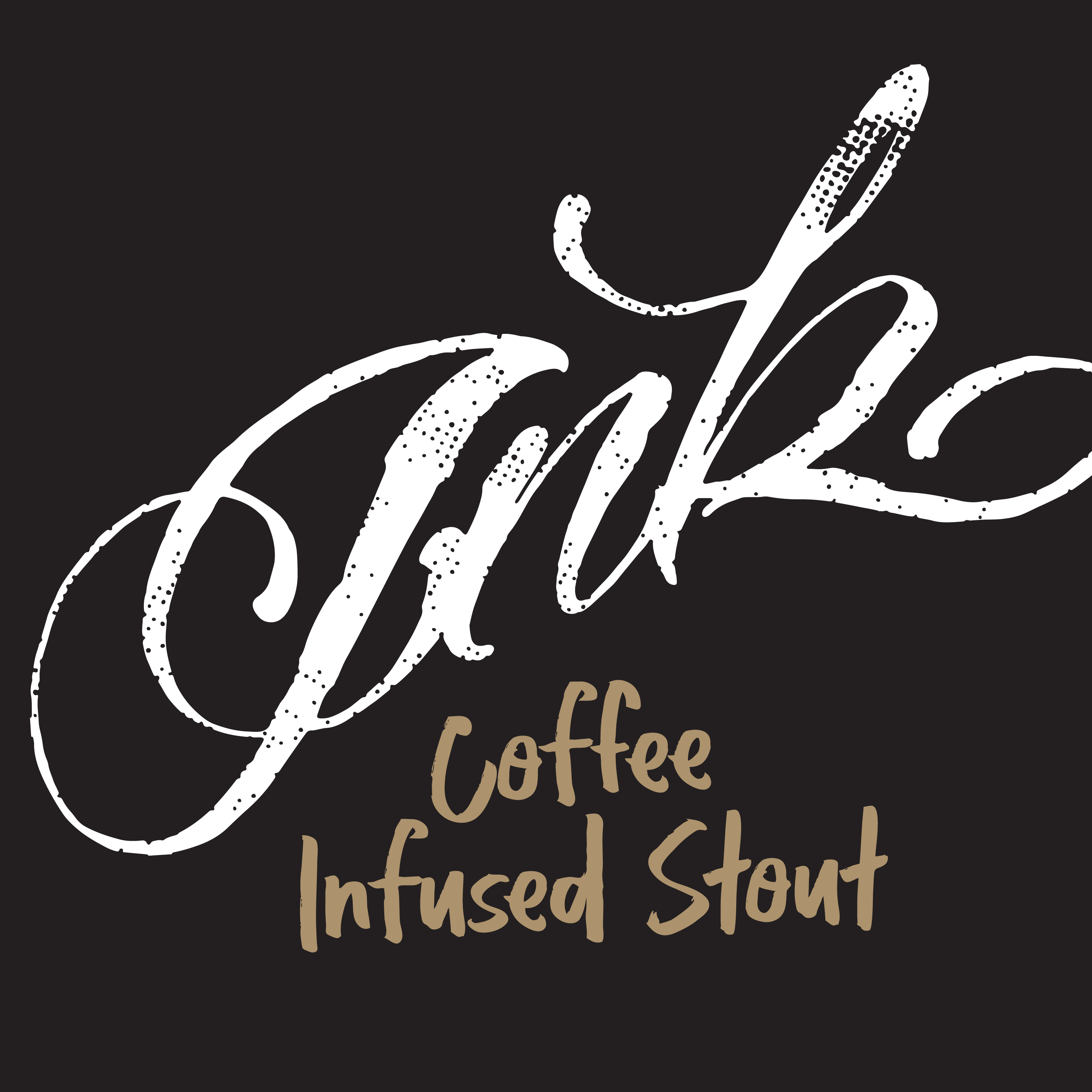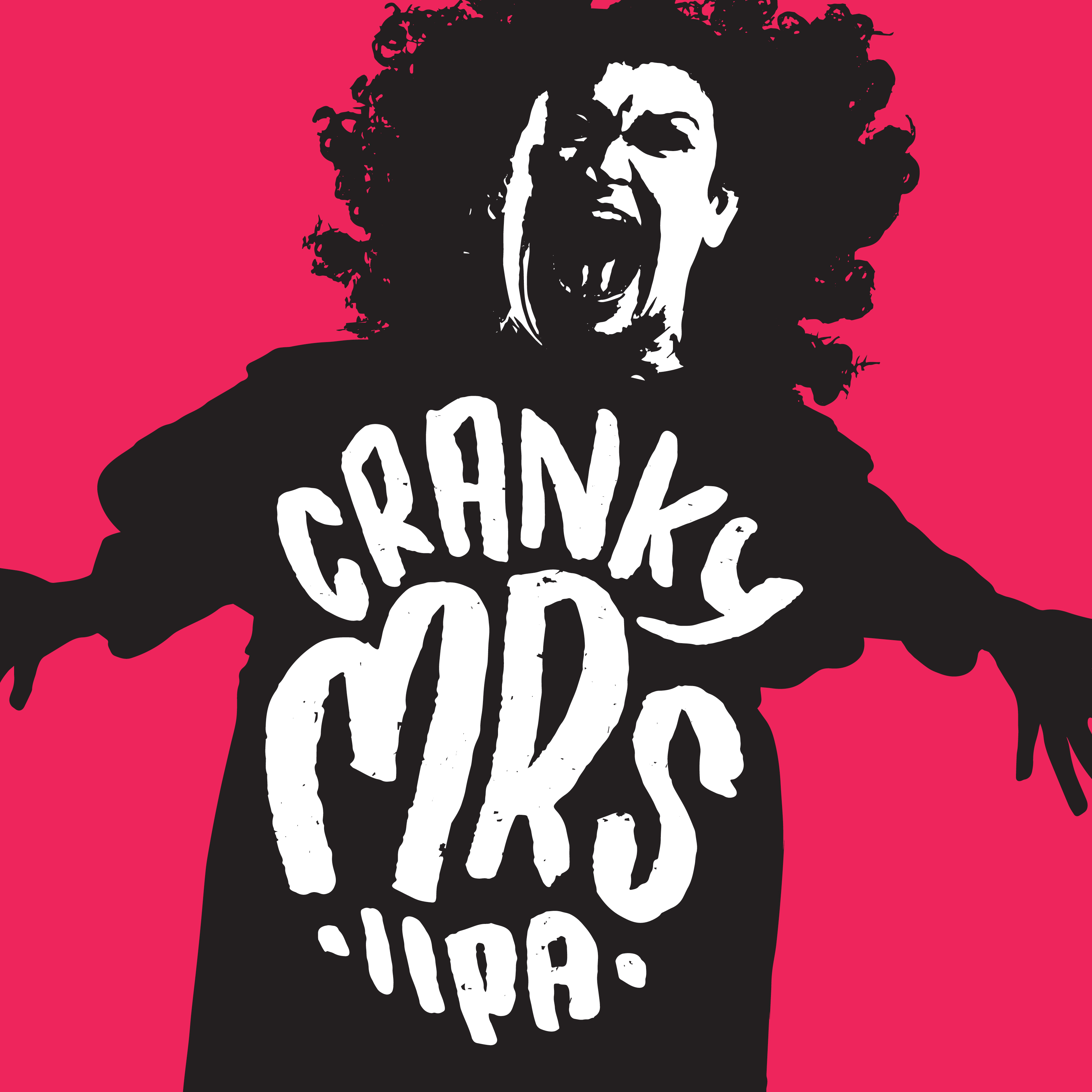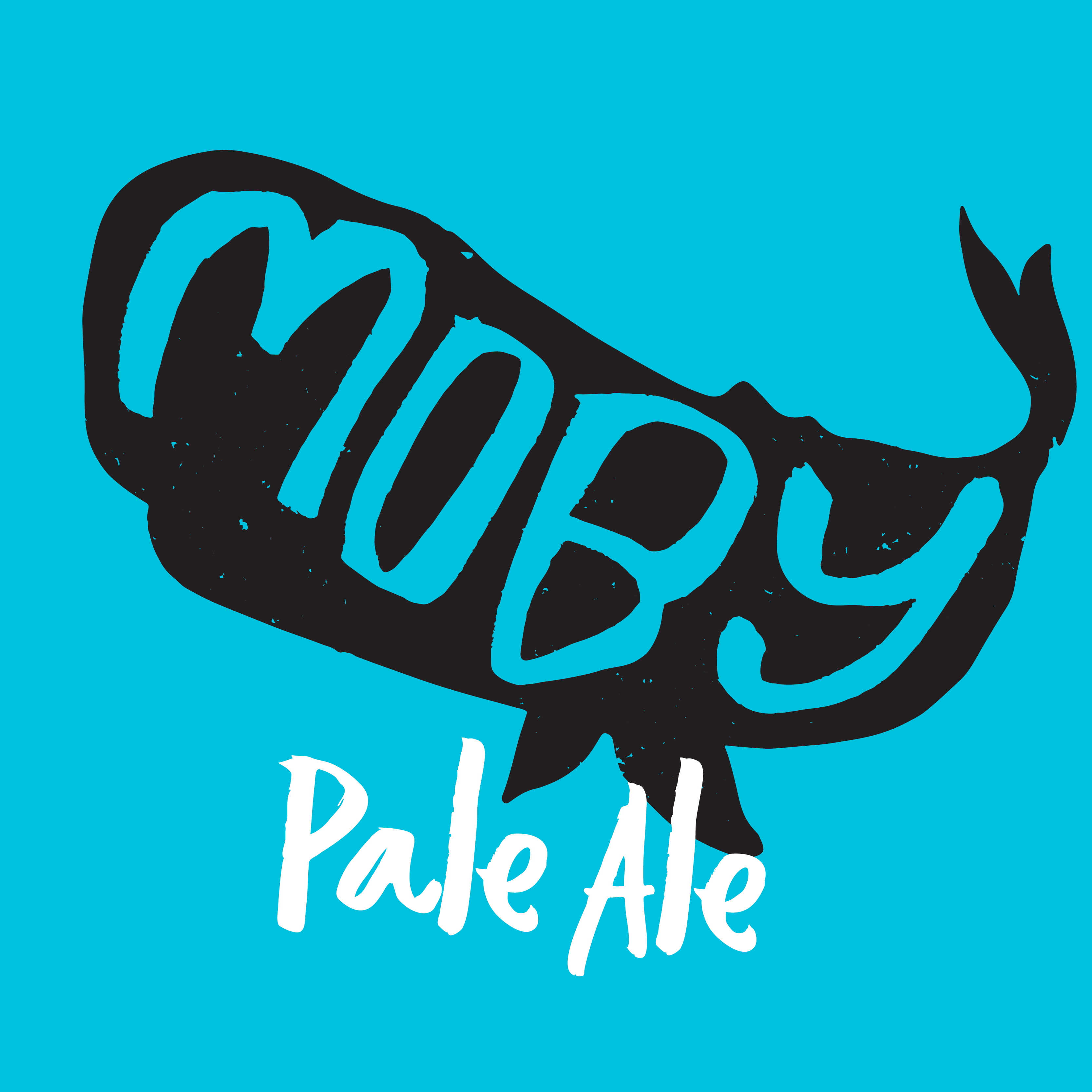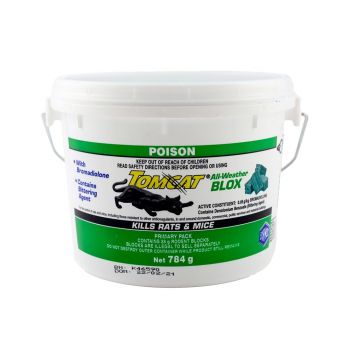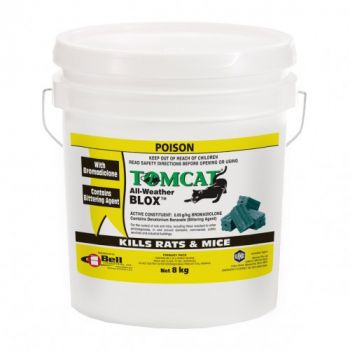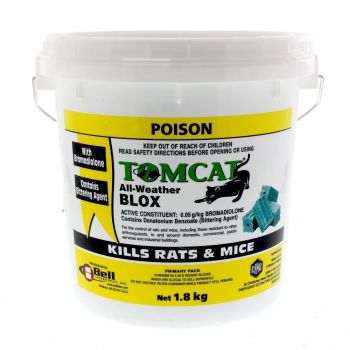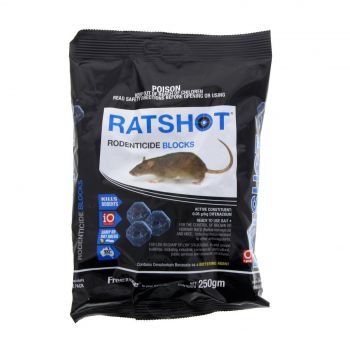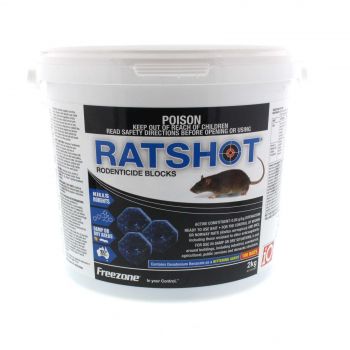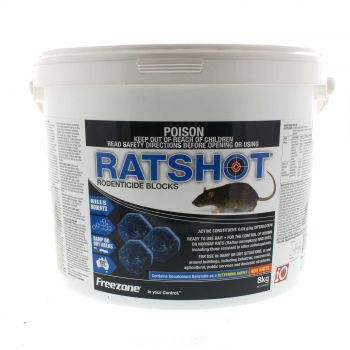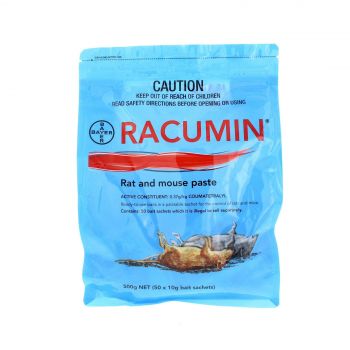BEST ENVIRONMENTALLY FRIENDLY RODENT CONTROL AND RODENT BAIT
The Problem
'Quick-Kill' rat & mouse baits are having a devastating effect on our magnificent owls, hawks, birds of prey as well as our pets. For many birds of prey, mice, rats and possums form a major part of their overall diet. In the poison cycle, birds and household pets will eat rodents that have been tainted by these ‘quick kill’ baits, in turn getting poisoned themselves. This causes a devastating impact on our Australian wildlife
So, what is the difference?
The rodenticides are broken down into first- and second-generation compounds. FGARs, First-Generation Anticoagulant Rodenticide, and SGARs, Second-Generation Anticoagulant Rodenticide.
The key difference between FGARs and SGARs is how long the toxins remain in the body. FGARs break down quicker, so there is less chance of larger animals being poisoned. This in turn requires multiple doses of the poison to cause death in pests. Single-Feed / Instant Kill SGARs can stay in body tissues for months or even years past death, leading to secondary poisoning when eating.
Globally, SGARs have been responsible for the decline in many carnivorous mammals and birds. Here in Australia, it is not just Boobooks or other owls that are at risk. Other wildlife and scavenging birds are also likely to be affected, from our eagles and falcons to our kookaburras, magpies, ravens, and currawongs. Native mammals like quolls, large reptiles like goannas and pythons and our household pets are also likely to be affected. When a rodent poisoned by SGARs is eaten by a predator, they are in turn poisoned.
Yet Australian Governments have done little to regulate against SGARs and leaves the choice of poison up to the individual, and the consequences up to communities.
The Evidence Against SGARs
The link between SGARs and Australian birds was found when researching declining Southern Boobook populations. Almost 73% of samples tested from Boobooks in southwest WA had detectable exposure to Anticoagulant Rodenticides. Of even greater concern, about 18% of all the Boobooks tested had levels of exposure that were high enough to kill them directly. Almost all the toxins were identified as SGARs. These were found in both urban and rural birds.
While other factors may also be impacting the decline of these small predators, the potential impact of these SGARs cannot be ignored.
How do I tell which is which?
The flashy packaging of rodent baits can make it difficult to tell exactly what they contain, purposely designed to confuse the consumer into choosing the catchy “Instant-Kill” baits.
However, the label will state the "Active Ingredients,” so look there for the FGAR compounds that are less harmful such as Warfarin or Coumatetralyl. If the bait contains more harmful SGARs like Brodifacoum, Difethialone, or Flocoumafen, leave it on the shelf.
Why are the names always so confusing?
For normal people, look for active ingredients that are present in Multi-Feed poisons and stay away from those found in Single-Feed / Instant-Kill poisons.
MULTI FEED: Bromadiolone
(Main Ingredient in Tomcat Green)
Bromadiolone is a potent anticoagulant rodenticide. It is a 4-hydroxycoumarin derivative and vitamin K antagonist, often called a "super-warfarin" for its added potency and tendency to accumulate in the liver of the poisoned organism.
Bromadiolone can be absorbed through the digestive tract, through the lungs, or through skin contact. The pesticide is generally given orally. The lack of vitamin K in the circulatory system reduces blood clotting and will cause death due to internal haemorrhaging.
Poisoning does not show effects for 24 to 36 hours after it is eaten and can take up to 2–5 days to cause death.
Tomcat Green
MULTI FEED: Difenacoum
(Main Ingredient in RatShot Blue)
Difenacoum was first introduced in 1976 as a rodenticide effective against rats and mice which were resistant to other anticoagulants.
Difenacoum is a second-generation anticoagulant which prevents blood clotting in the target organisms by inhibiting regeneration of the active form of vitamin K1. Clinical signs are progressive and occur within 18 hours after ingestion of a toxic dose, leading to death from 3 to 10 days later.
Ratshot blue
MULTI FEED: Coumatetralyl
(Main Ingredient in Racumin)
Coumatetralyl is an anticoagulant of the 4-hydroxycoumarin vitamin K antagonist type used as a rodenticide. After one exposure the toxicity of coumatetralyl is relatively low; however, if overexposure continues for several days the product becomes more toxic. The product must therefore be constantly present in the bloodstream for more than one to two days to be highly toxic. A single exposure, even though relatively large, may not produce toxic symptoms as the compound is quite rapidly metabolized.
Racumin is the preferred poison by WRG & Bellarine Landcare Group experts, if looking for a poison with a lower risk of secondary poisoning to our wildlife, pets, and children.
Racumin
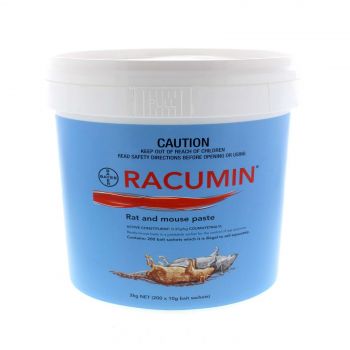
MULTI FEED: Warfarin
(Main Ingredient in certain Ratsaks)
Warfarin is both odourless and tasteless. It is effective when mixed with food bait because the rodents will return to the bait and continue to feed over a period of days until a lethal dose is accumulated. Some rodents have developed a resistance to Warfarin.
The lethal dose for Warfarin is 50–500mg/kg for a single dose, after 5–7 days and 1mg/kg for repeated daily doses for 5 days, after 5–8 days.
SINGLE FEED: Brodifacoum
(Main Ingredient in Ratshot Red, Bainbridge & certain Ratsaks)
Brodifacoum is a highly lethal 4-hydroxycoumarin vitamin K antagonist anticoagulant poison. In recent years, it has become one of the world's most widely used pesticides. It is typically used as a rodenticide but is also used to control larger pests such as possum. In Australia it is illegal to kill possums, use traps instead. Owls eat mostly possums and evidence has linked owl death to indirectly poisoning by consuming poisoned possums.
Brodifacoum has an especially long half-life in the body, which ranges up to nine months, requiring prolonged treatment with antidotal vitamin K for pet poisonings. It has one of the highest risks of secondary poisoning to both mammals and birds and is STRONGLY discouraged by WRG & Bellarine Landcare Group experts.




